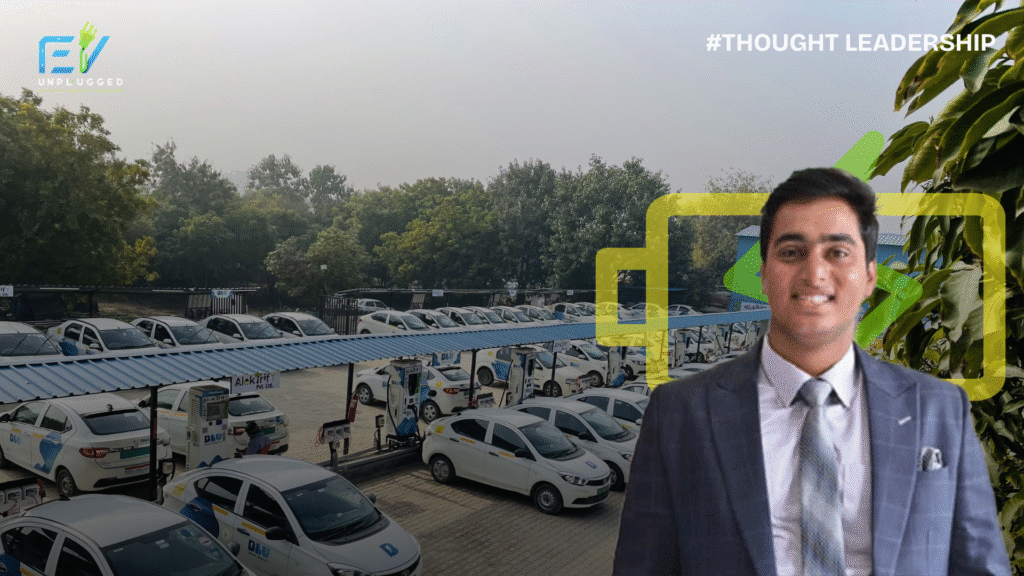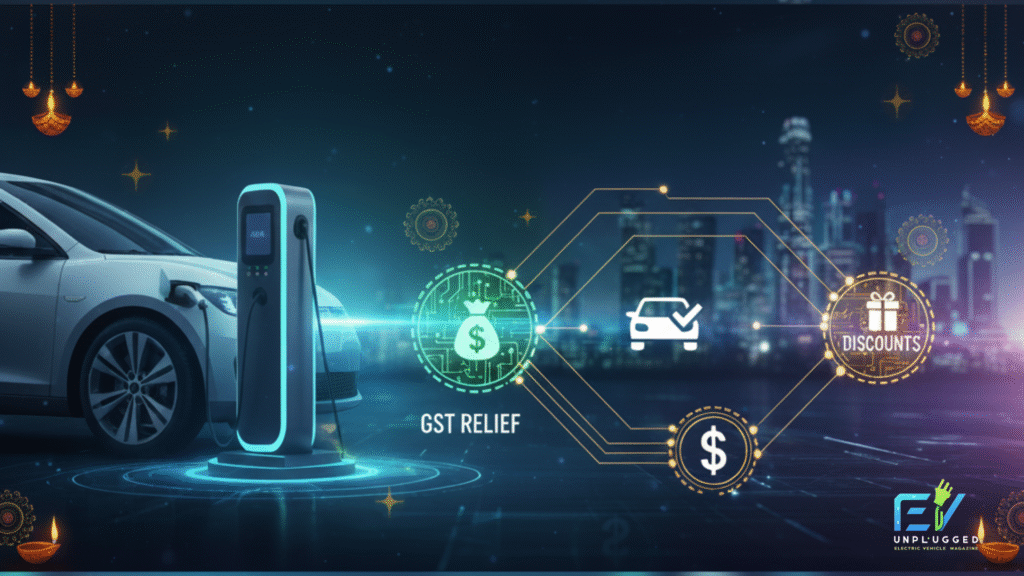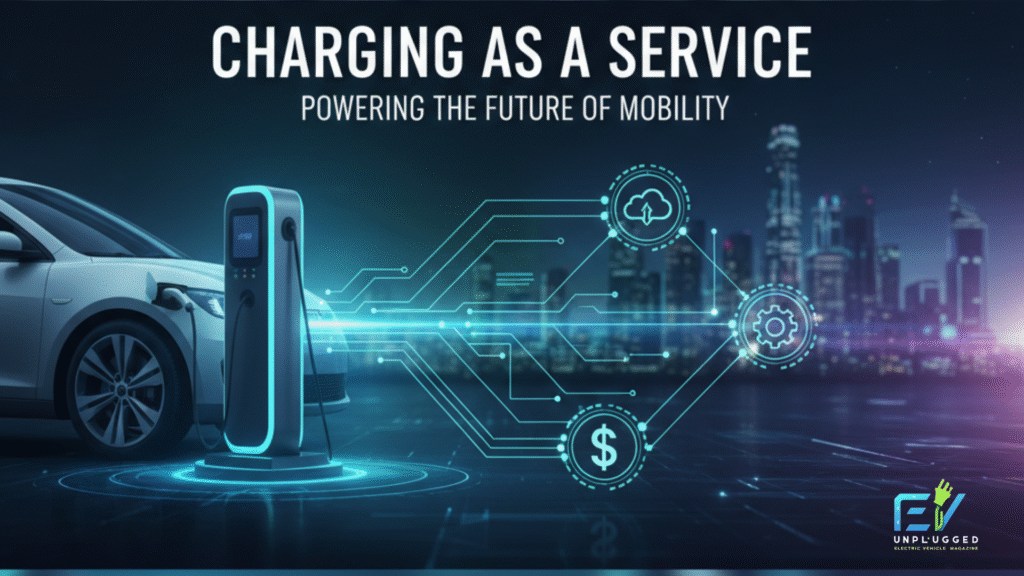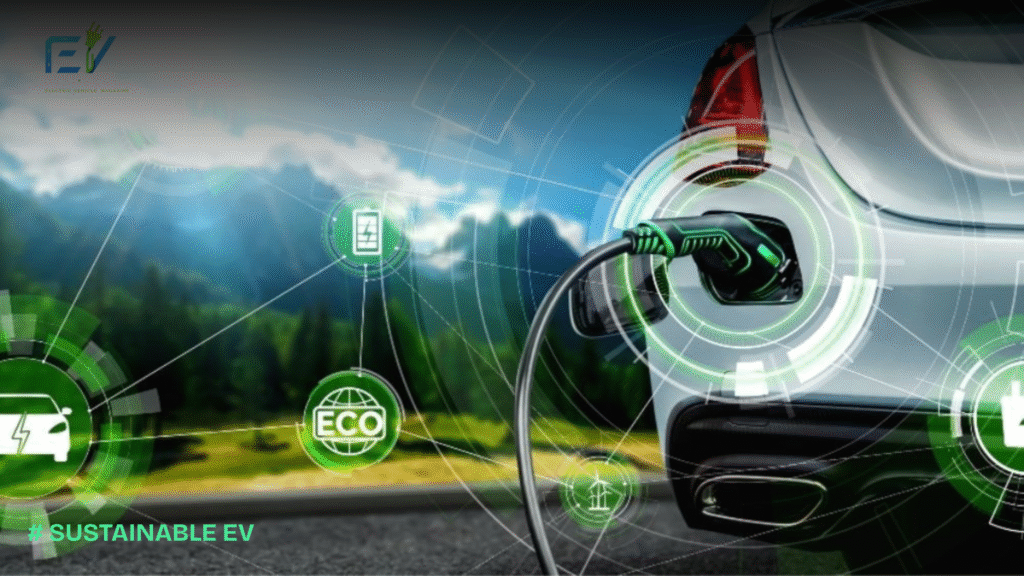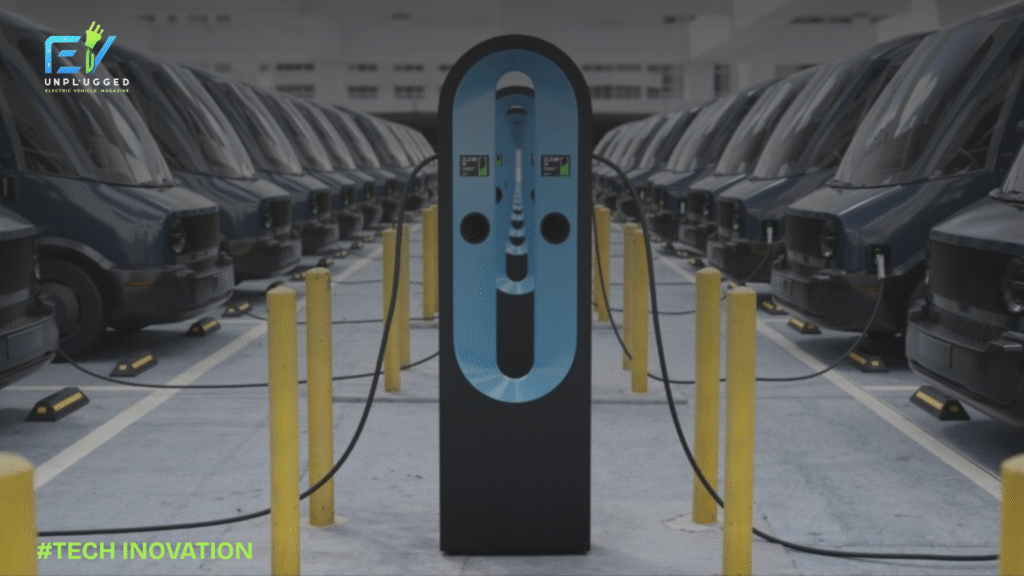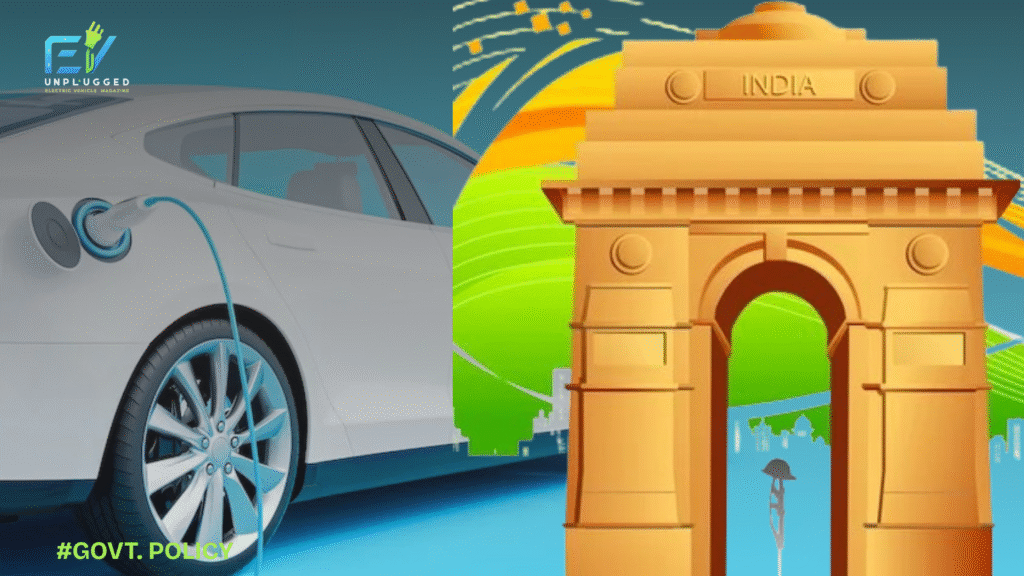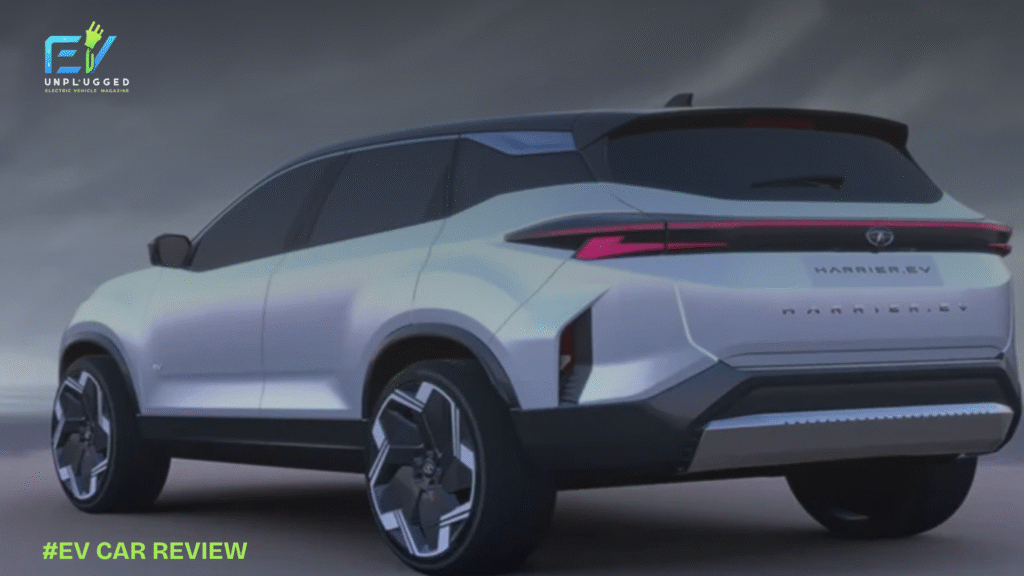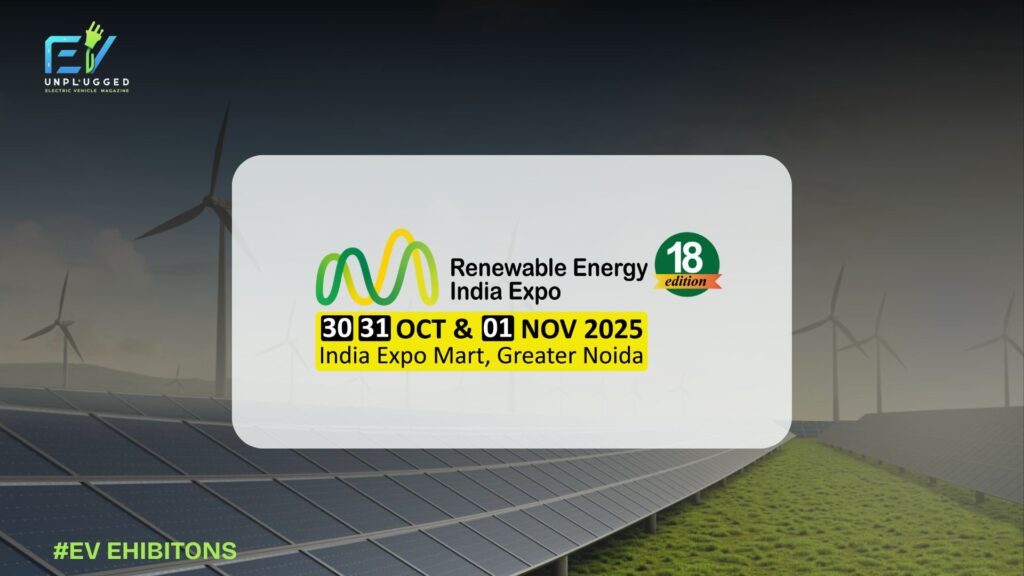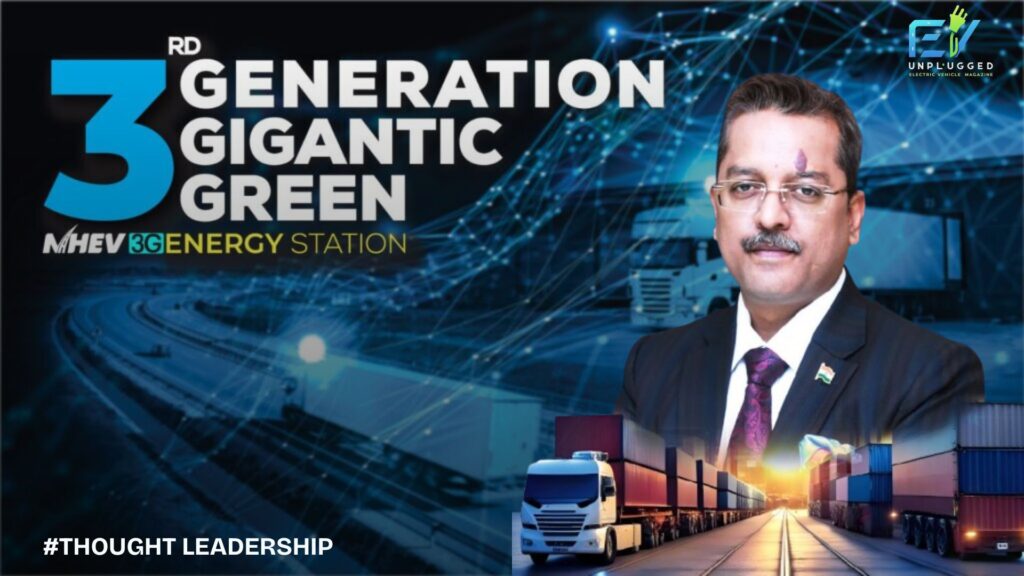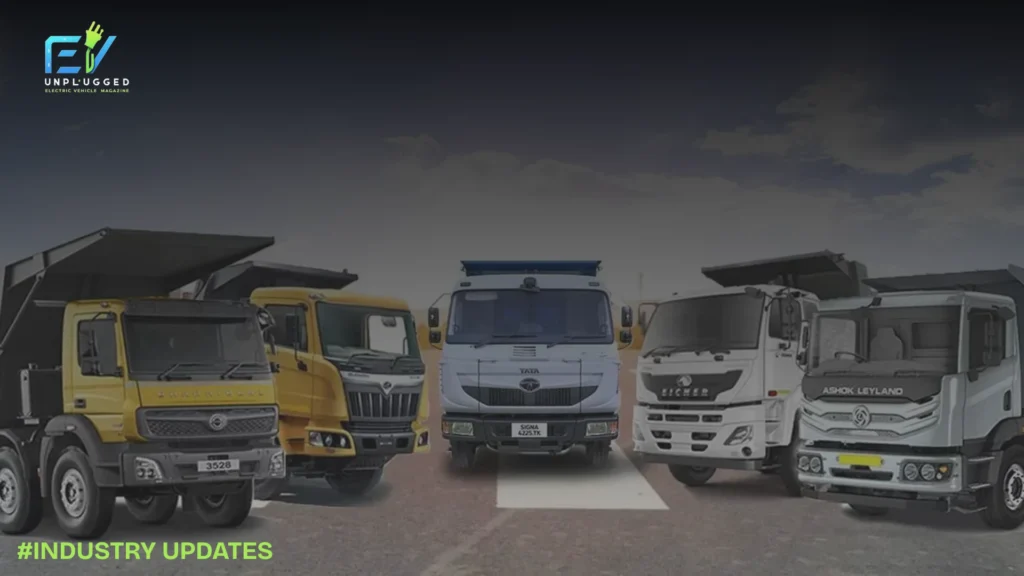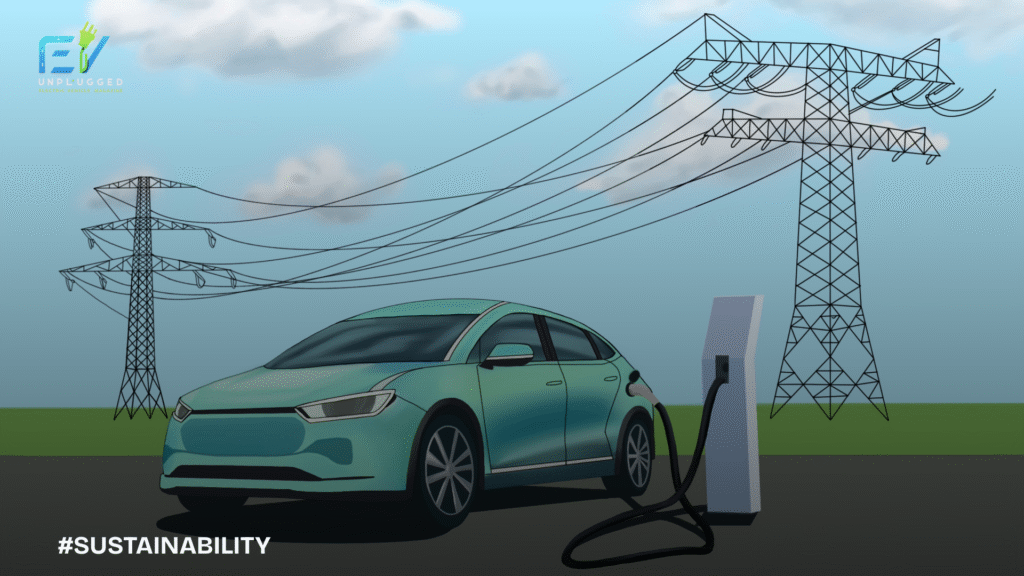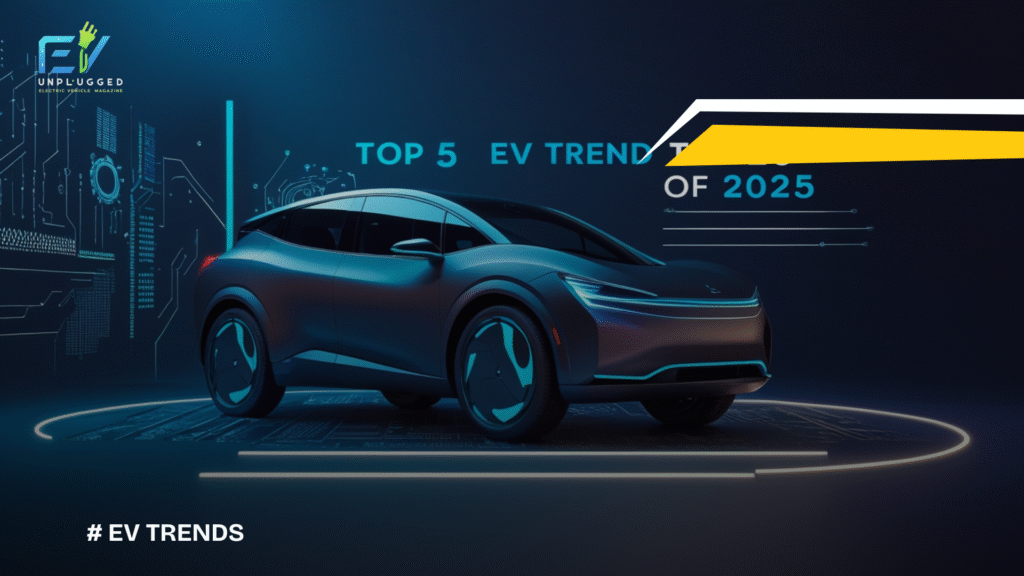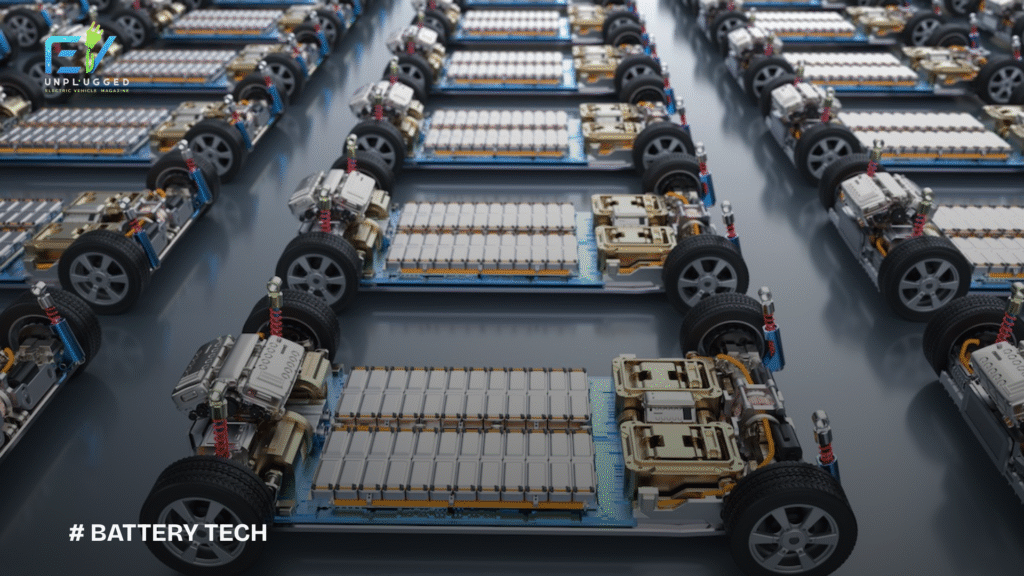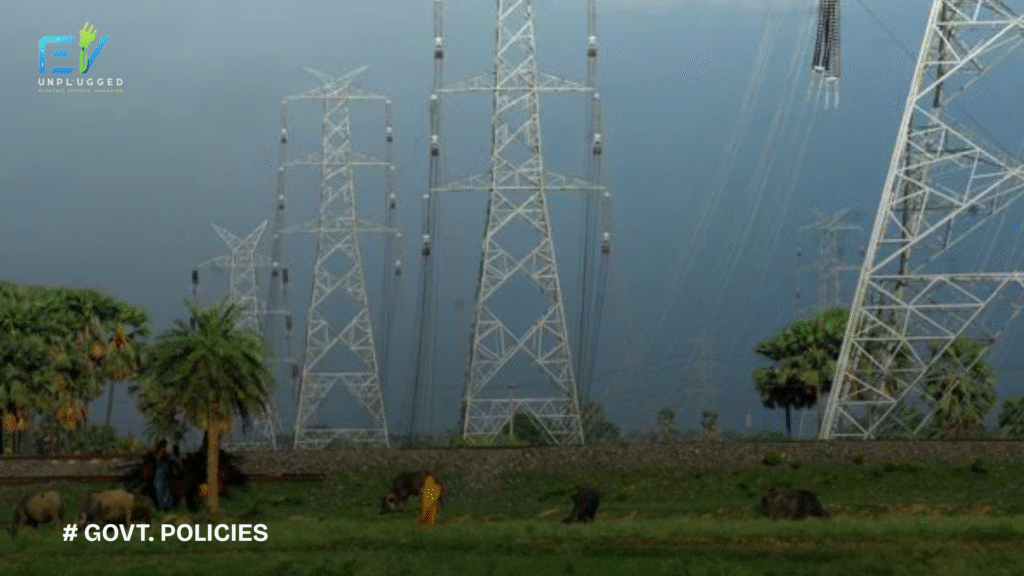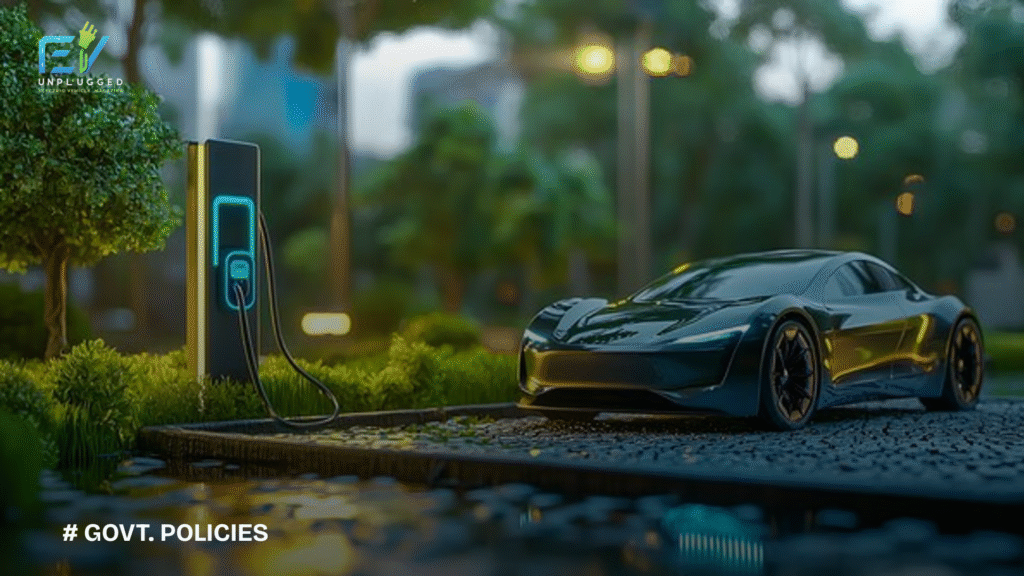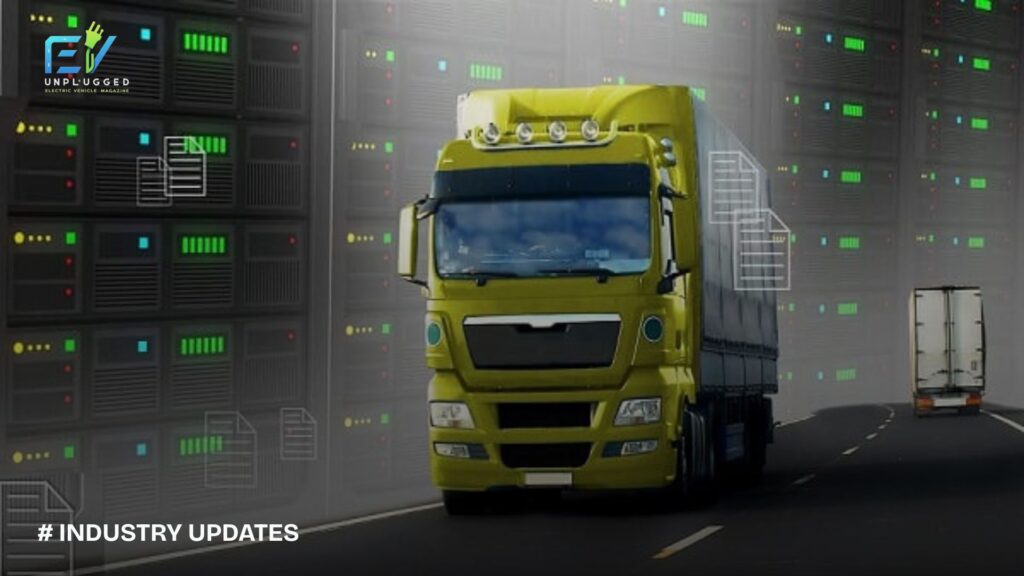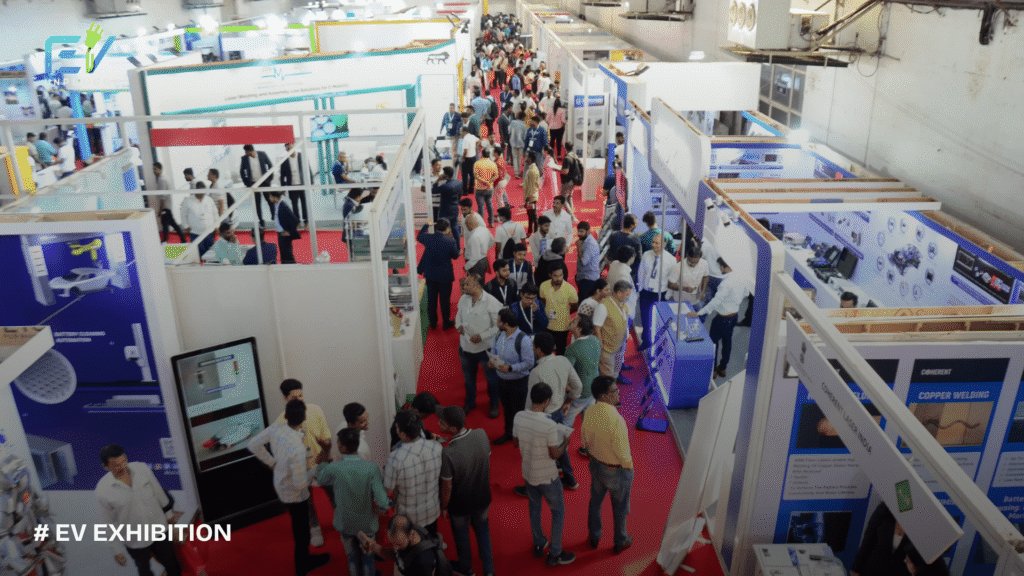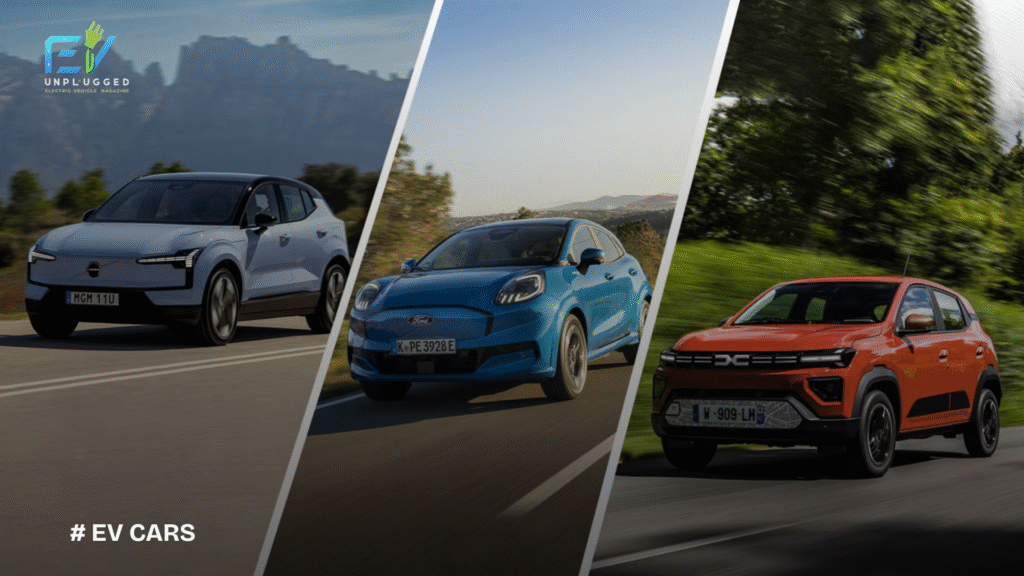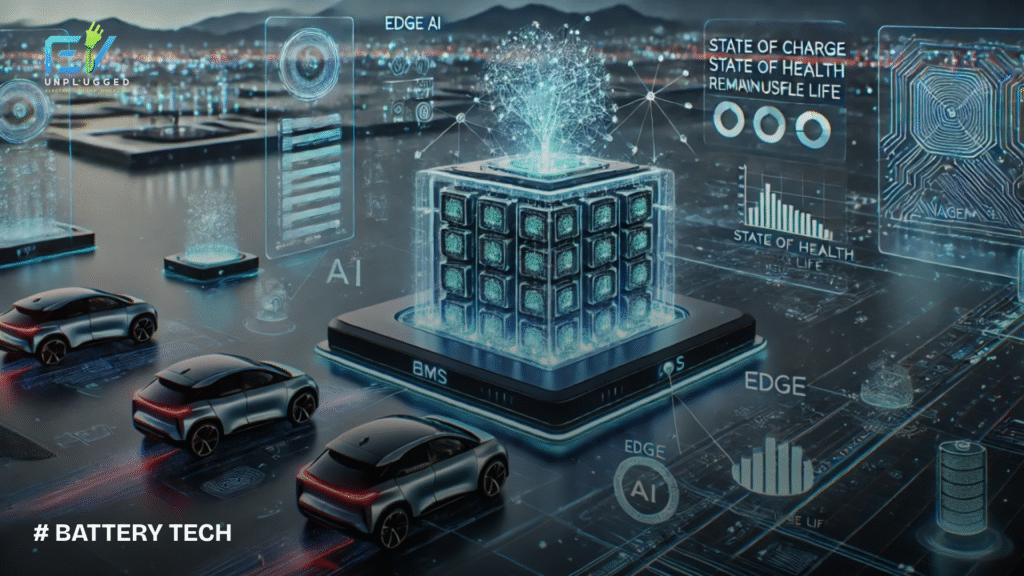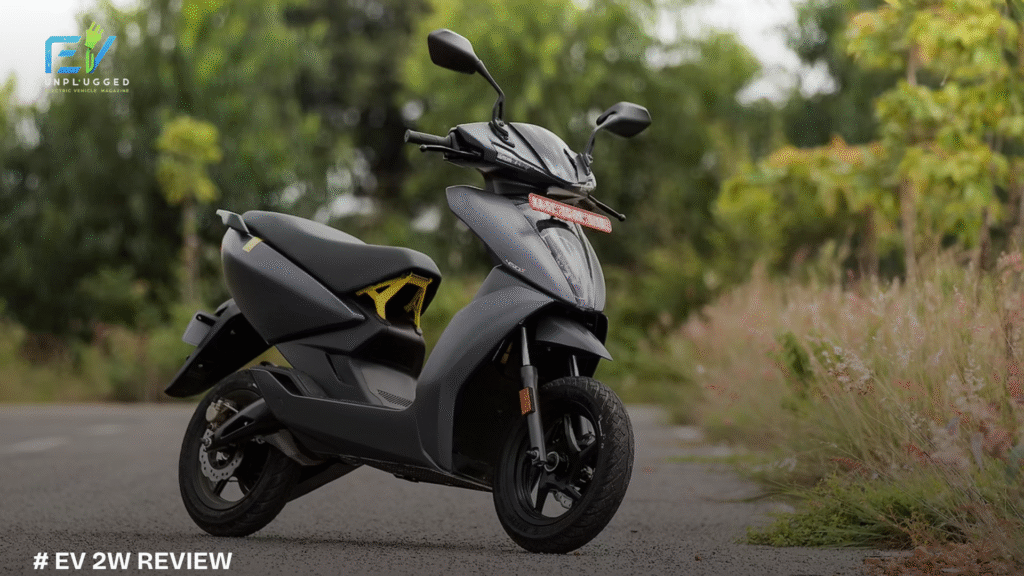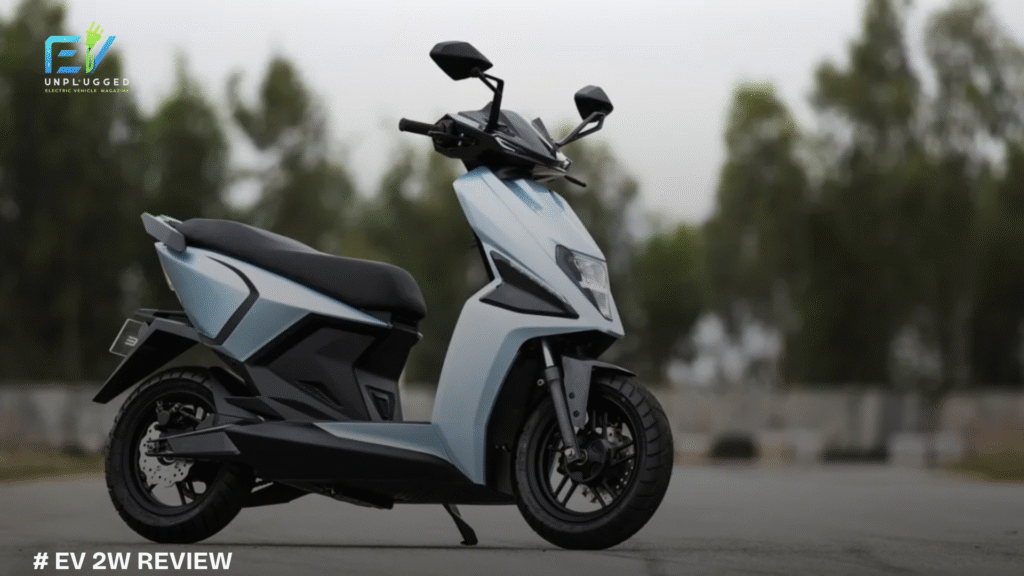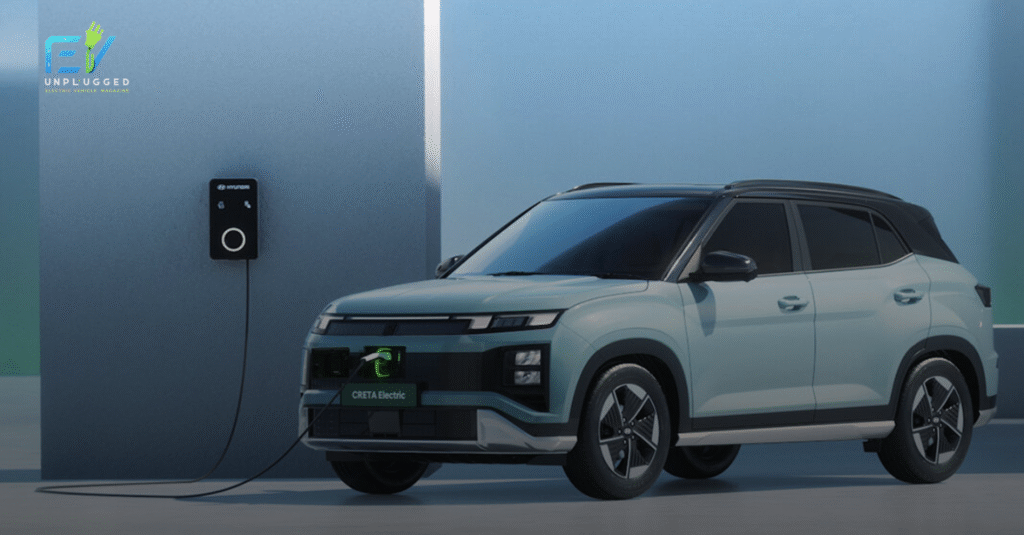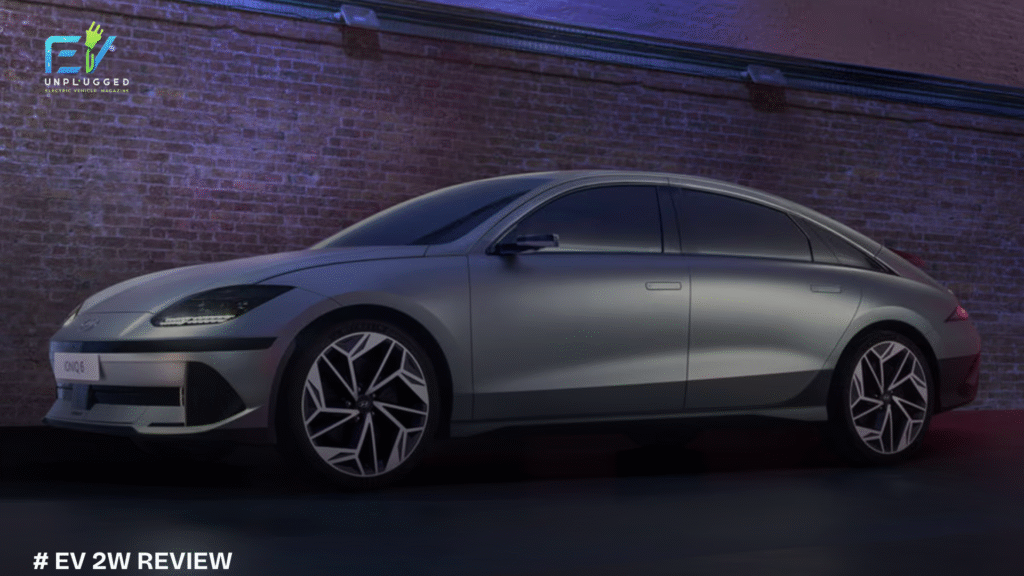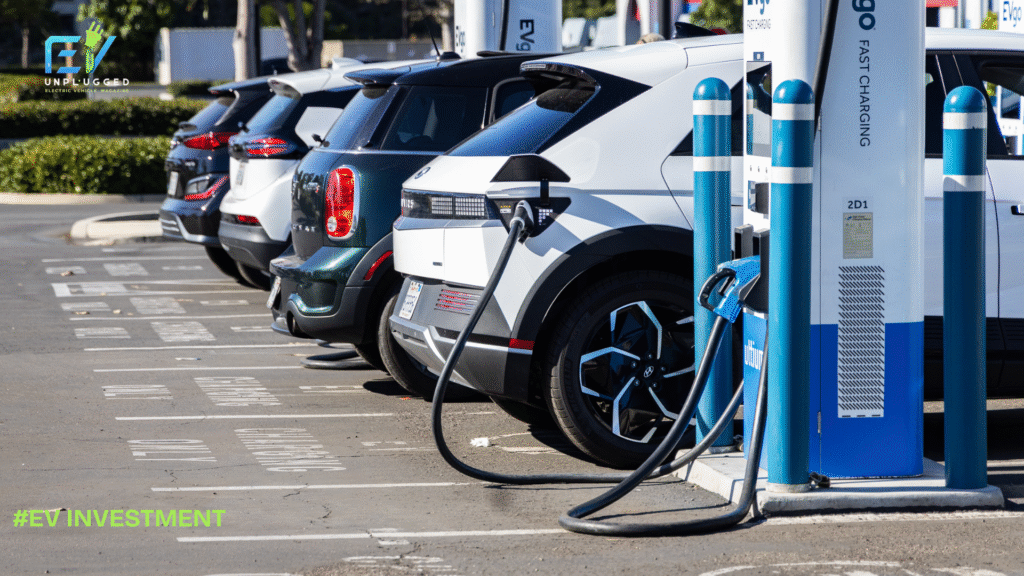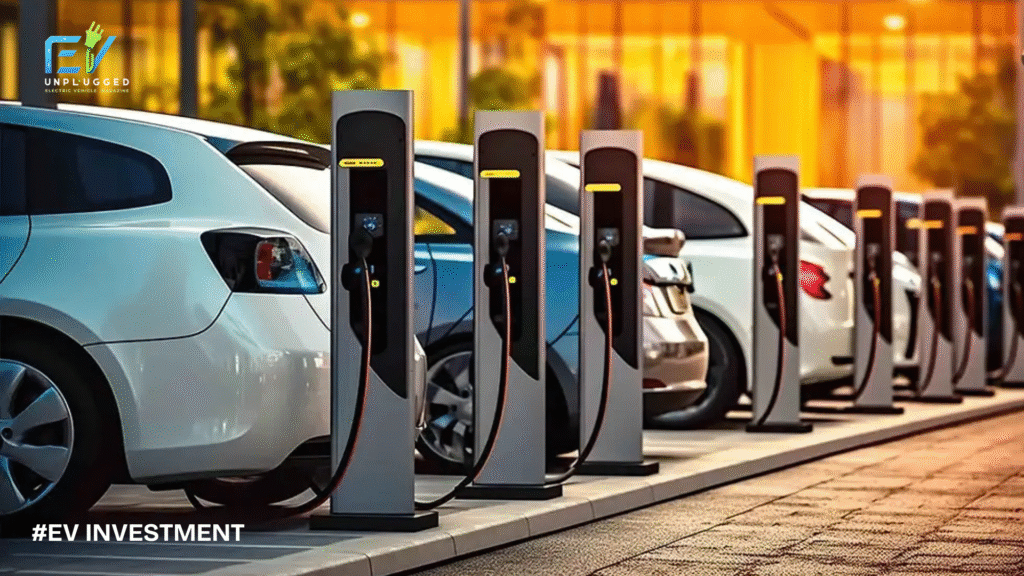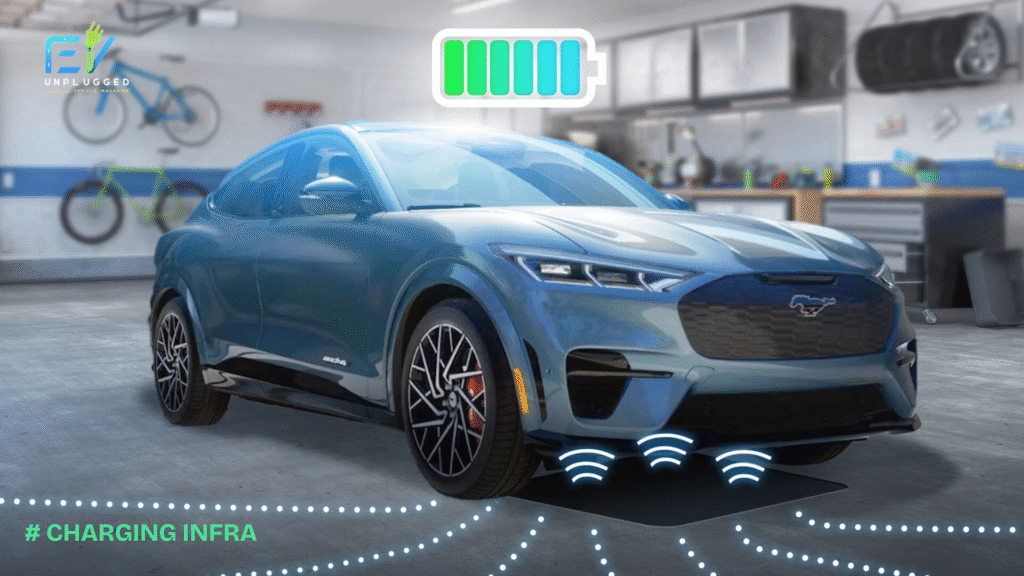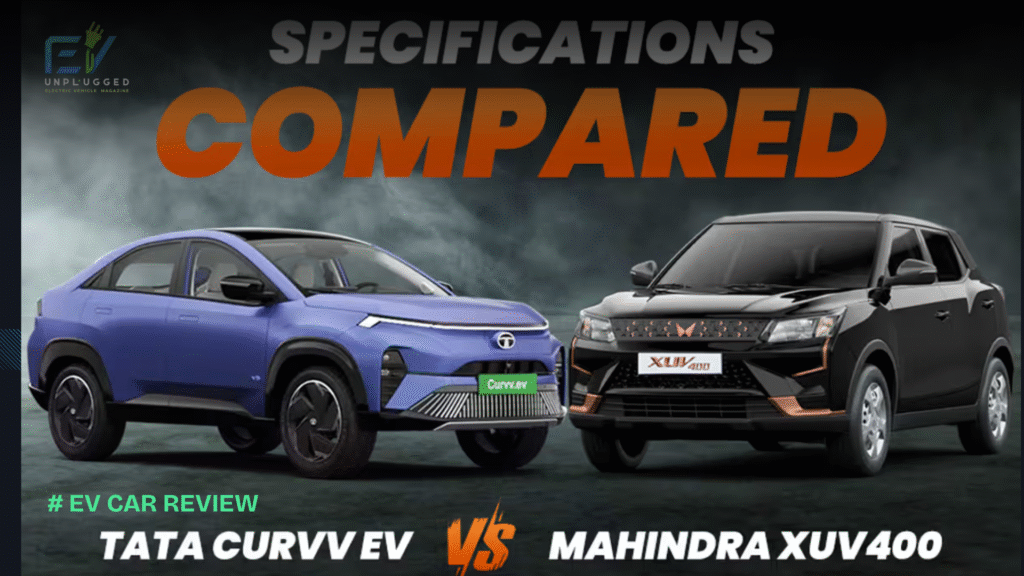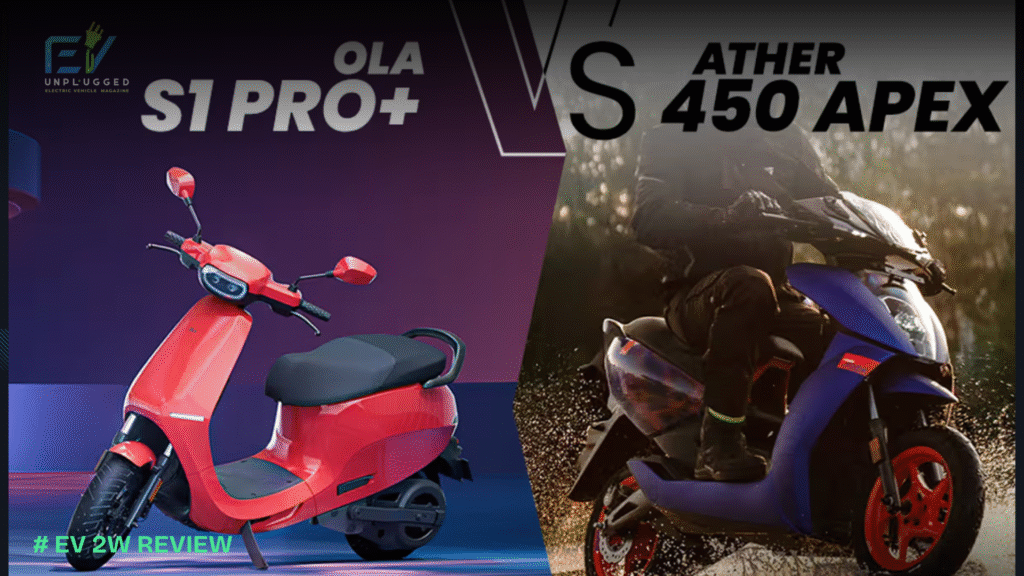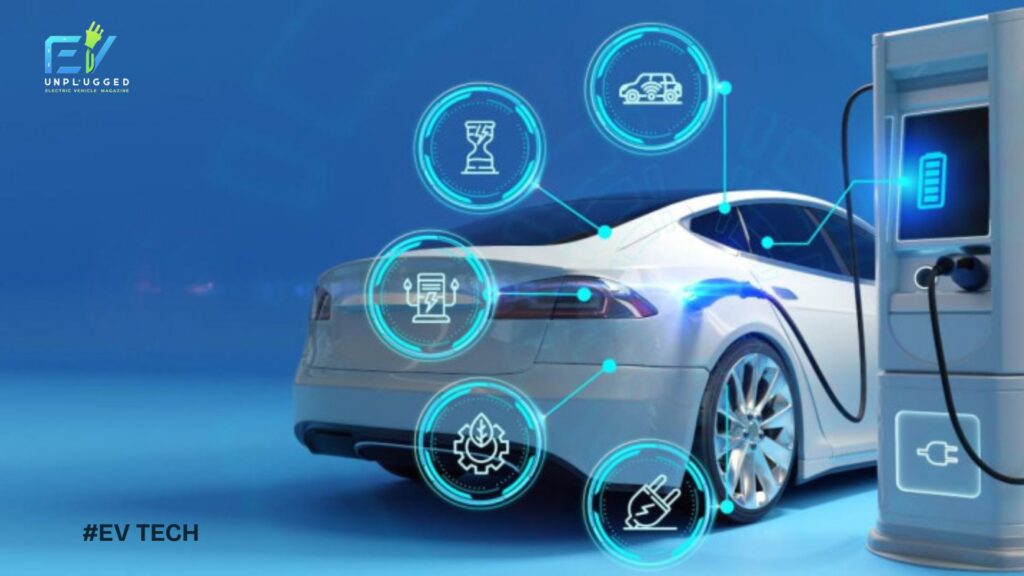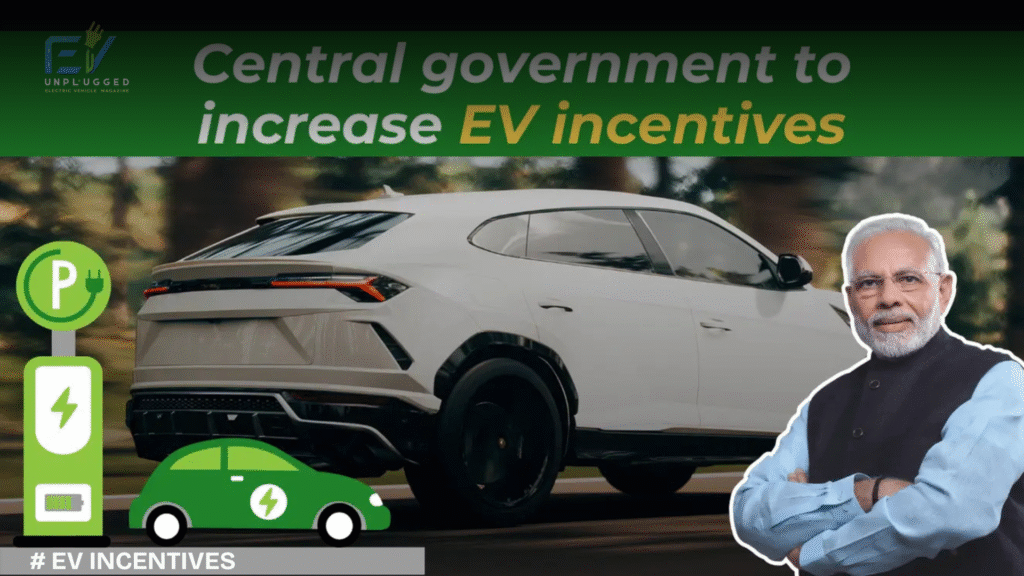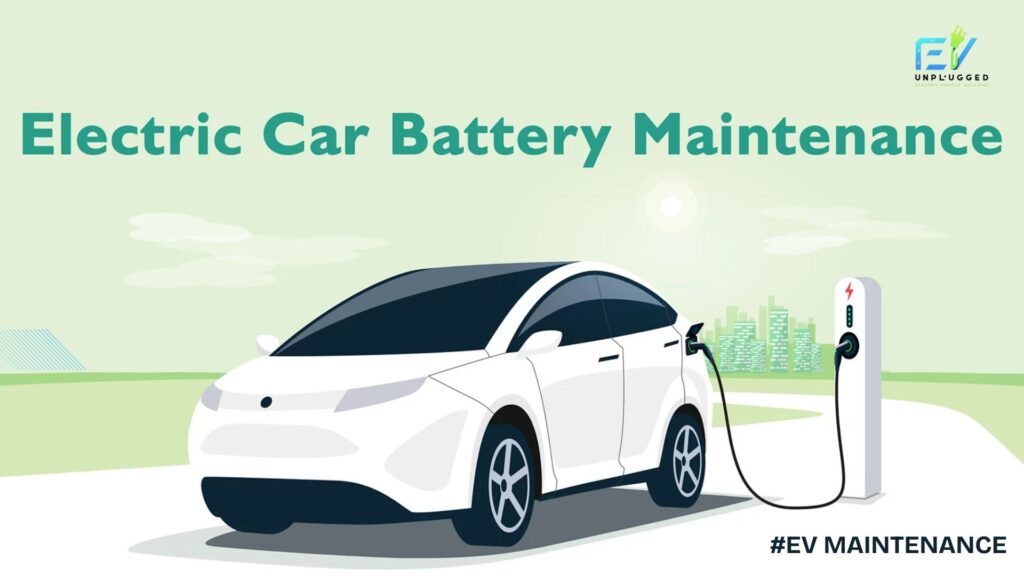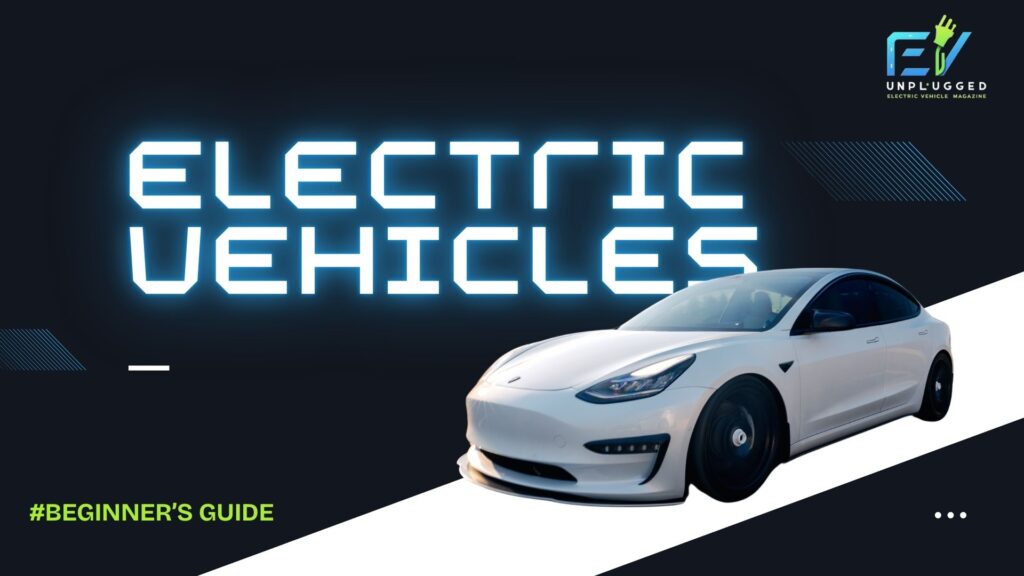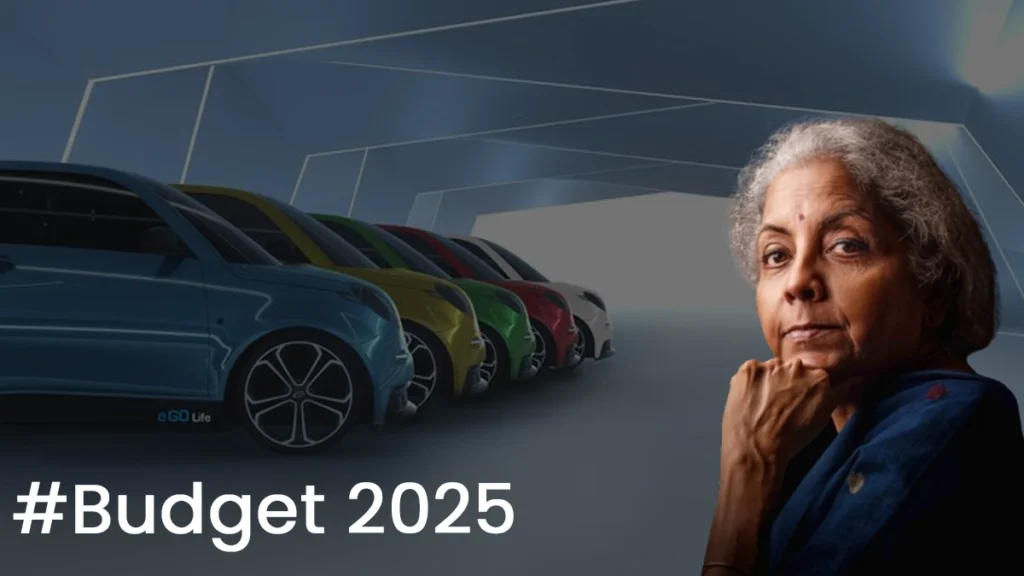Tata Harrier EV Real-World Review: India’s Premium Electric SUV Redefined
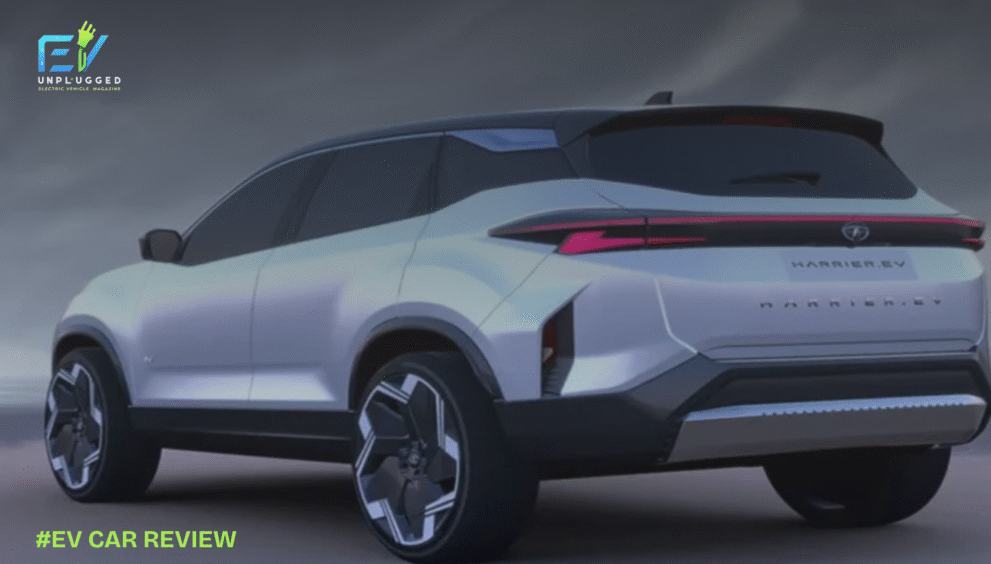
With the launch of the Tata Harrier EV, India’s electric mobility landscape has taken a significant leap forward. Designed on Tata’s new-gen acti.ev platform, the Harrier EV is not just a green rework of the diesel sibling but a bold, premium, and practical SUV tailored for both urban users and highway explorers.
In this review, we break down the Harrier EV’s real-world performance, price variants, range, features, and how it stacks up against its competitors.
Tata Harrier EV: Launch & Pricing
Officially launched on June 3, 2025, the Harrier EV comes in five variants with two battery options:
| Variant | Battery Pack | Drivetrain | Ex-showroom Price (₹) |
|---|---|---|---|
| Adventure 65 | 65 kWh | RWD | 21.49 lakh |
| Adventure S 65 | 65 kWh | RWD | 21.99 lakh |
| Fearless+ 65 | 65 kWh | RWD | 23.99 lakh |
| Fearless+ 75 | 75 kWh | RWD | 24.99 lakh |
| Empowered 75 | 75 kWh | AWD (QWD) | 27.49 lakh |
Battery, Range & Real-World Efficiency
Tata offers the Harrier EV with two battery packs — 65 kWh and 75 kWh, both using LFP chemistry. Here’s how they perform:
MIDC vs Real-World Range
| Battery | Claimed Range (MIDC) | Real-World Tested Range |
|---|---|---|
| 65 kWh | 538 km | 420–445 km |
| 75 kWh (RWD) | 627 km | 480–505 km |
| 75 kWh (AWD) | 622 km | 460–490 km |
Efficiency Note: Real users report consumption between 8–9 km/kWh, which is excellent for a vehicle in this size category.
Performance: How It Drives
Power Output
- RWD (75 kWh): 235 hp, 504 Nm torque
- AWD (QWD): ~313 hp, 540 Nm torque
The AWD version can sprint from 0–100 km/h in 6.3 seconds, thanks to its Boost Mode, making it one of the quickest EV SUVs in its segment.
With regen modes, sport/eco/normal drive modes, and near-instant torque, the Harrier EV feels responsive and agile — especially in city drives and quick overtakes.
Off-Road Capability: Not Just Urban
Tata has taken off-road performance seriously:
- QWD (AWD) Option
- Terrain Response Modes: Rock, Sand, Mud, Snow, Grass
- Hill Descent Assist, 540° camera view, and ESC
It even aced the Buddha International Circuit track testing and Elephant Rock trail — delivering confident grip and articulation.
Charging & Usability
- DC Fast Charging (up to 120 kW): 20–80% in ~25 minutes
- AC Charging (7.2 kW home charger): Full charge in ~10.5 hours
- Vehicle-to-Load (V2L): Yes
- Vehicle-to-Vehicle (V2V): Yes
These features make it suitable not only for personal use but also for fleet owners, road-trippers, and tech-savvy users.
Features & Tech
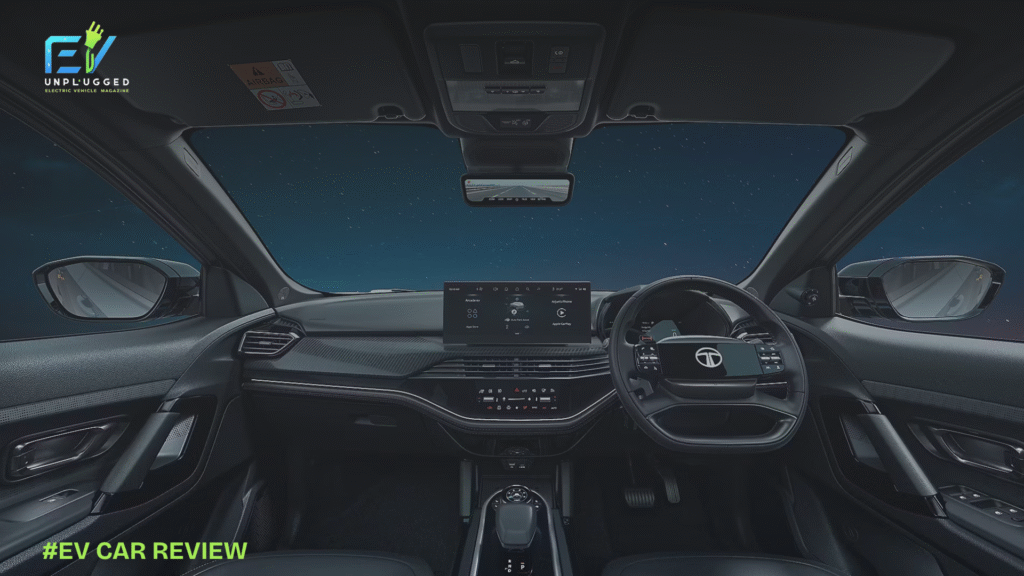
| Category | Key Features |
|---|
| Infotainment | 12.3” touchscreen, 10.25” digital cluster, 10-speaker JBL audio |
| Connectivity | Android Auto, Apple CarPlay, 5G telematics, OTA updates |
| ADAS | Level 2 with lane keep, blind-spot, adaptive cruise, autonomous emergency braking |
| Comfort | Ventilated seats, panoramic sunroof, 2-zone climate, powered tailgate |
| Build & Safety | 7 airbags, ESP, traction control, hill assist, all-wheel disc brakes |
Comparison with Competitors
| Model | Starting Price (₹) | Real Range (km) | AWD | ADAS | Fast Charge |
|---|---|---|---|---|---|
| Harrier EV | 21.49 lakh | 420–505 km | ✅ | ✅ | ✅ 120 kW |
| MG ZS EV | 18.98 lakh | 350–380 km | ❌ | Partial | ✅ 80 kW |
| BYD Atto 3 | 33.99 lakh | 420–450 km | ❌ | Partial | ✅ 80 kW |
| Hyundai Kona EV | 23.84 lakh | 380–400 km | ❌ | ❌ | ✅ 100 kW |
➡ Verdict: The Harrier EV undercuts many of its rivals on price while offering superior range, AWD, and ADAS features. It’s clearly positioned to dominate the premium mid-size EV SUV segment.
Who Should Buy the Harrier EV?
Urban professionals looking for a premium, tech-loaded, zero-emission vehicle
✅ Road trippers who want AWD + range confidence
✅ EV first-timers upgrading from ICE SUVs
✅ Fleet/Corporate buyers needing high-utility with green credentials
Final Verdict
The Tata Harrier EV doesn’t just tick boxes — it redraws them. It brings premium EV design, range, charging practicality, and rugged performance together into a single package.
It’s not just Tata Motors’ boldest EV yet; it might be India’s best all-around electric SUV for under ₹30 lakh.

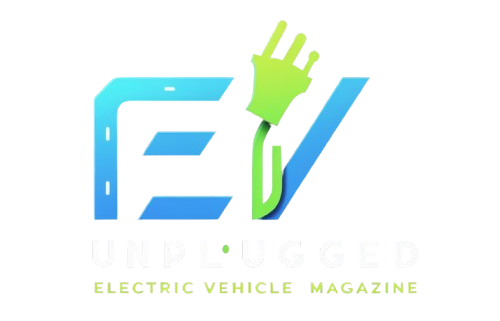
 English
English 